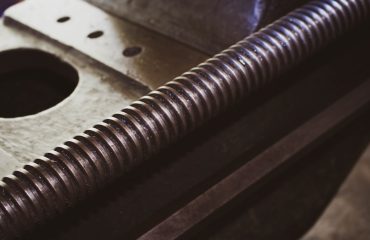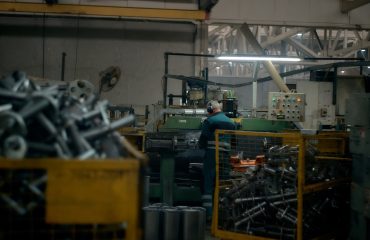High-pressure systems, while essential in numerous industries, present significant safety challenges. From chemical processing plants to oil and gas refineries, the potential for catastrophic failures is ever-present. This comprehensive guide explores crucial safety considerations to mitigate risks and ensure the well-being of personnel and the environment.
1. Design Considerations for High-Pressure Safety
The foundation of a safe high-pressure system lies in its design. Careful consideration must be given to material selection, pressure vessel design, and the incorporation of safety features from the outset. Materials must possess sufficient strength and corrosion resistance to withstand the operating pressures and temperatures. Finite element analysis (FEA) is often employed to simulate stress distribution and identify potential weak points. Proper design includes features like pressure relief valves (PRVs), rupture discs, and emergency shutdown systems (ESD). Furthermore, the design should account for potential failure modes and incorporate redundancy where necessary to prevent cascading failures. Regular inspections and testing of the design parameters are crucial throughout the system’s lifecycle.
2. Operational Procedures and Training: The Human Factor
Even the best-designed high-pressure system can be compromised by inadequate operational procedures and insufficient training. Clear, concise, and readily accessible operating manuals are essential. These manuals should detail startup and shutdown procedures, emergency response protocols, and routine inspection and maintenance tasks. Comprehensive training programs are crucial for all personnel involved in the operation and maintenance of high-pressure systems. This training should cover theoretical understanding of pressure dynamics, practical skills in equipment operation, and emergency response procedures. Regular refresher training and competency assessments are vital to maintain a high level of safety awareness and proficiency.
3. Maintenance and Inspection: Preventing Catastrophic Failure
Regular maintenance and inspection are paramount in maintaining the integrity of high-pressure systems. A well-defined maintenance schedule, incorporating both preventative and predictive maintenance strategies, is crucial. Preventative maintenance involves routine inspections, lubrication, and replacement of worn components. Predictive maintenance utilizes techniques like vibration analysis and thermography to identify potential problems before they escalate into failures. Regular inspections should include visual checks for leaks, corrosion, and damage, as well as non-destructive testing (NDT) methods like ultrasonic testing and radiographic inspection to detect internal flaws. Detailed records of all maintenance and inspection activities must be meticulously maintained.
4. Emergency Procedures and Response: Preparedness is Key
Despite all precautions, accidents can still occur. A comprehensive emergency response plan is therefore essential. This plan should detail procedures for dealing with various scenarios, including leaks, ruptures, fires, and explosions. It should outline responsibilities, evacuation procedures, and the use of emergency equipment such as fire extinguishers, emergency showers, and eye wash stations. Regular drills and simulations are crucial to ensure that personnel are familiar with the emergency procedures and can respond effectively in a crisis. Furthermore, the plan should include communication protocols to ensure effective coordination between personnel and emergency services.
5. Risk Assessment and Mitigation: Proactive Safety Management
A thorough risk assessment is the cornerstone of a proactive safety management system. This involves identifying potential hazards associated with the high-pressure system, evaluating the likelihood and severity of each hazard, and implementing control measures to mitigate the risks. Hazard and Operability studies (HAZOP) are a commonly used technique for systematically identifying potential hazards. Control measures may include engineering controls (e.g., pressure relief valves, interlocks), administrative controls (e.g., operating procedures, training), and personal protective equipment (PPE). The risk assessment should be regularly reviewed and updated to reflect changes in the system or operating conditions. A robust safety management system incorporates continuous improvement based on lessons learned from incidents and near misses.
By diligently addressing these safety considerations, industries can significantly reduce the risks associated with high-pressure systems, ensuring a safer working environment and preventing catastrophic events.
SEO Tags:
High-Pressure Safety, Pressure Vessel Safety, Process Safety Management, Industrial Safety, High-Pressure System Maintenance




